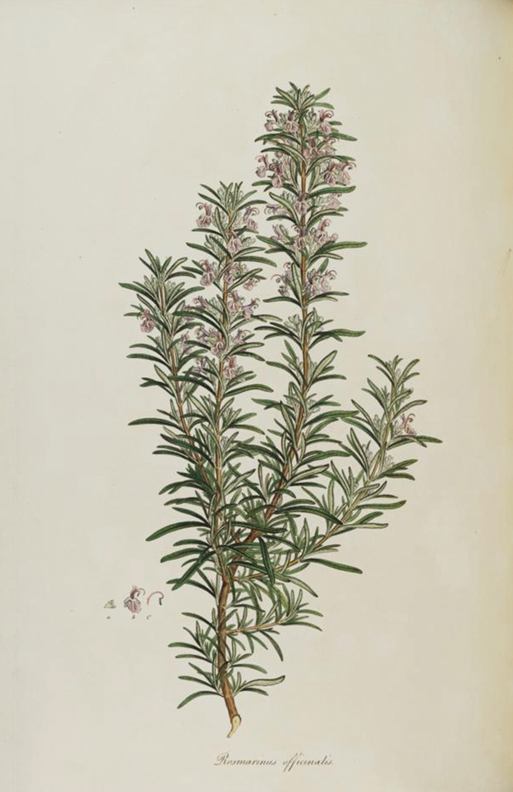I gather flowers for the dead. I have been at this shady harvest for more than 30 years, training with the best: Martha deBarros from the Zen Hospice Project of San Francisco Zen Center (SFZC); Frank Ostaseski, cofounder of Zen Hospice and founder of the Metta Institute; and Roshi Joan Halifax, founder of Upaya Zen Center’s Being With Dying program. We practice light and grave accord with the dead. Holding solemn ground at the threshold of the Great Matter, we are also intimate and joyful.
Last spring on a brilliant Sunday afternoon 84-year-old Daigan Lueck, Zen priest, poet, and painter, died peacefully at home in the heart of Green Gulch Farm. Daigan and his wife, Arlene, are deep Zen practitioners and friends of our family. When I heard that he had died, I entered the tangle of our Muir Beach garden to harvest the astringent herbs needed to bathe Daigan’s body: pungent white and black California native sage, English peppermint and shadowy yerba buena, rosemary, camphor rose geranium, and yerba santa, gathered from the stony paths of Mount Tamalpais where Daigan loved to walk.
Arlene and an intimate group of friends bathed Daigan’s body with the fragrant herbs. Rubbing alcohol closed the pores of his skin. With mindful care, Daigan was dressed in his monk’s robes and arranged in state in the room where he had died. A simple shrine was set up at the doorway as practitioners arrived to sit in meditation with Daigan for the next 24 hours.
In the SFZC tradition we mark four essential ceremonies for attending the dead: the ceremony of bathing and sitting with the body, the cremation ceremony, the funeral or memorial service ceremony, and finally the ceremony of interring or scattering the ashes of the deceased. For each occasion scented flowers participate in the ritual.
I give full attention to the plants that I harvest for the dead. Like apothecaries throughout history, I am guided by the evocative alchemy of aroma. Ancient families of scent are exuded by the plant world. Musk, resin, mint, floral, ethereal, acrid, and foul scents are expressed, according to some scientists, in exact geometrically shaped molecules that fit precisely into distinct neural niches in the nasal epithelium, triggering primal response in the brain.
My neural network was firing long and strong as I harvested the plants for Daigan’s body. Memory and scent intertwined in grave accord. From the edge of the garden, Prospero’s Rose poured dark burgundy fragrance into the waiting chalice of my collecting vessel. “Be cheerful, sir,” Prospero’s Rose whispered, evoking Daigan’s favorite passage from The Tempest, “Our revels now are ended.”
I mixed the floral tones of rose, jasmine, and daphne with the acrid herbs of antiquity. Daigan was a pungent poet, never sentimental. Rue and tansy came to his deathbed to pierce the veil of sorrow with their scent, and stinging nettle was laid down with wormwood to stanch the raw wound of mortal existence.
At his cremation ceremony a few days later, close to 50 Zen students gathered for Daigan in the inner crematory chamber. We chanted the Dai Hi Shin Dharani [Mantra of the Great Compassionate One] and covered his cardboard coffin with drifts of richly scented rose petals collected over the last year of his life. Underneath the floral glory I tucked one of Daigan’s early poems beneath rank pennyroyal and purple nightshade, essential medicine from the underworld to accompany this poet priest on his fiery journey:
Ready at last to stop
shaking a fist at the sky
and the passing traffic
drop your heavy bag
empty your laden pockets
stop, breathe, sit
and let yourself cook
until you’ve smoked out
all the bitter taste
and are ready to
be chewed on by
the ten thousand
laughing mouths
of this present moment.
—David Daigan Lueck
Thank you for subscribing to Tricycle! As a nonprofit, we depend on readers like you to keep Buddhist teachings and practices widely available.
